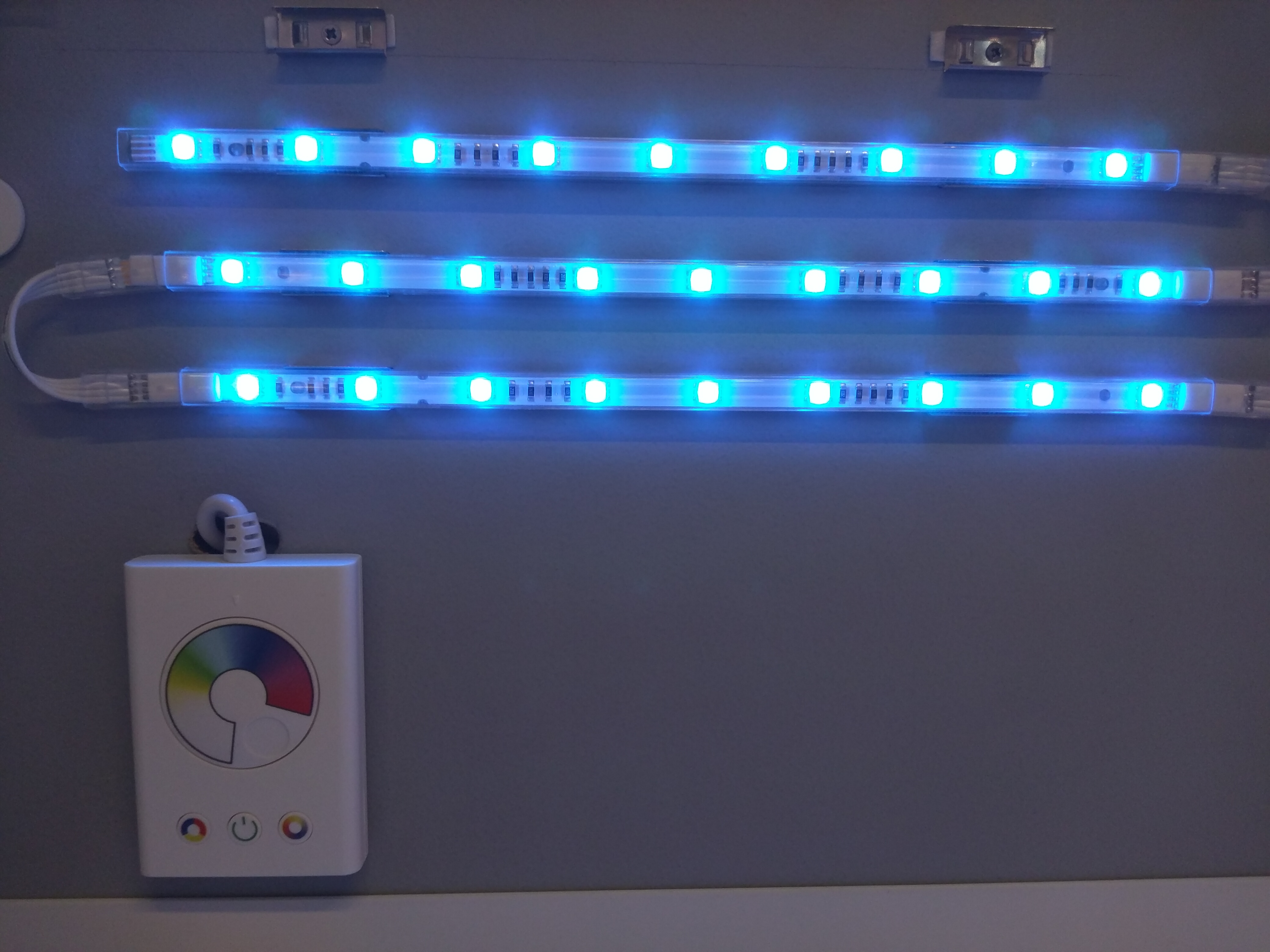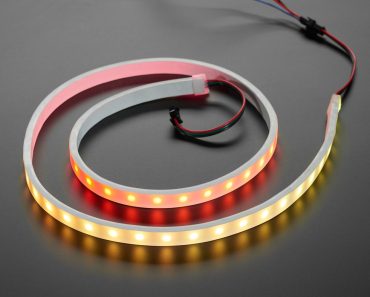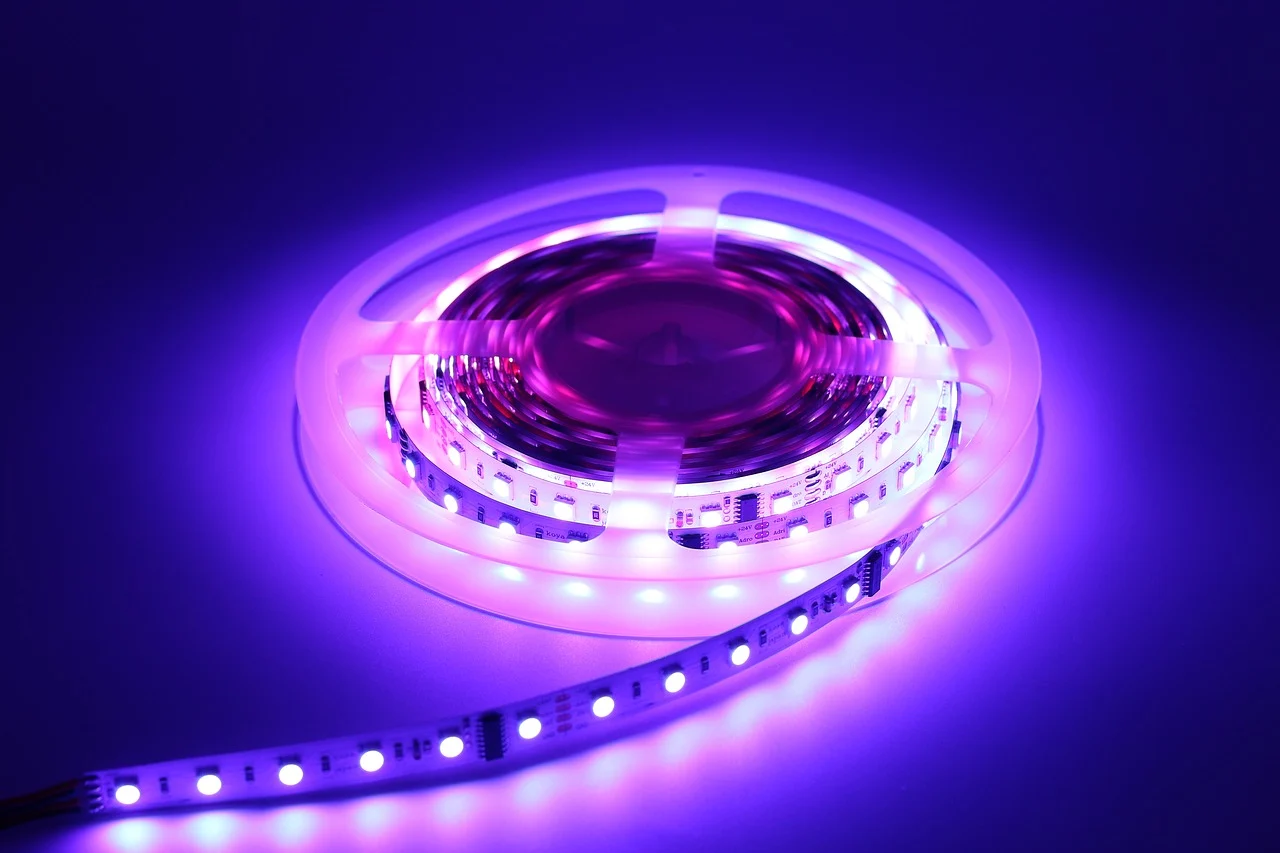When buying the finest strip light for your project, you must consider the voltage required. Because numerous applications need a specific power supply, this is the case. The most frequent LED strip lights are 24V LED strip lights. They’re flexible performers that are well suited to both work and home settings. They respond well to a 24V power supply and can keep their brightness high even during a small voltage drop.

Depending on the LED type, current flow on light strips, and the number of LEDs, 24V LED strip lights are expected to have a longer lifespan. The higher the voltage, the more power it transmits. All strips have a maximum run, which is the length of an uninterrupted strip that can be powered without experiencing voltage drop. When the energy supplied to a wire is decreased, a voltage drop occurs. When the length of the strip is very long, the amount of energy passing through it will be reduced, affecting its intensity at the end.
LED strip lights with less wattage, especially those with 24V, are more likely to have brighter LEDs, a single-row layout of many LEDs. In such cases, the maximum run will be equal to the 12V LED strip. Keep in mind that 24V LED strip lights are brighter overall, with more LEDs. A comparable 12V LED strip light would have a shorter maximum run.

Which LED strip light has the highest luminous efficiency?
The 24v LED strip light has greater luminous efficiency than the 12V LED strip light, among these two types of low-voltage LED. The LED strip light circuit is made up of resistors and produces heat. The waste energy produced is a result of the heat generated. When two strips have the same amount of power, the one that wastes energy has high luminous efficiency because additional energy is required to produce light.
Is there a significant difference between 24V LED strip light and 12V LED strip light in terms of brightness?
There is no difference in brightness when using a 12V LED light strip or a 24V LED strip light. A 24-volt LED light strip, on the other hand, is more efficient and produces similar brightness because of the voltage drop.
The Advantages of 12V LED Strip Lighting
It’s an excellent alternative for 120 or 60 diode tapes since it gives a consistent cut increment as opposed to the 24V option.
The Disadvantages of 12V LED Strip lighting
Depending on the wattage, you may use a 12V strip light for a maximum length of 5 to 6 meters.
The Advantages of 24V LED Strip lighting
With a 24V LED strip light, you may run the lights for a longer period without suffering from voltage drop. When the voltage passes through an LED strip, it drops in a gradual manner. The further it goes, the more it decreases. This can result in one side of the strip being brighter than the other. It’s possible to run a greater length of time without seeing a voltage drop using a high-voltage LED strip.
The Disadvantages of 24V LED Strip lighting
The cutoff increment increases as compared to the 12V substitute. When you take into account the advantages of longer-run lengths on a single continuous run, this isn’t a significant expenditure.
Conclusion
In conclusion, a 12V LED strip is recommended for small installations like in automobiles or other places where a 12V battery is necessary. For bigger projects such as office and residence installations, 24V LED strip lights are advised.



